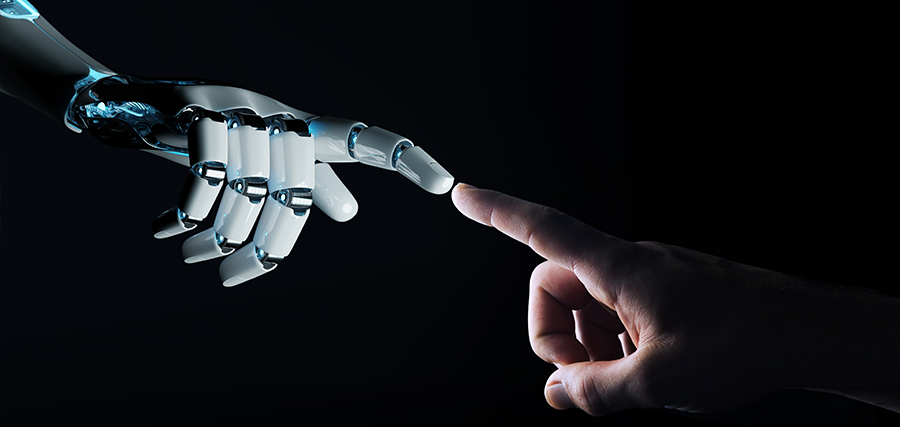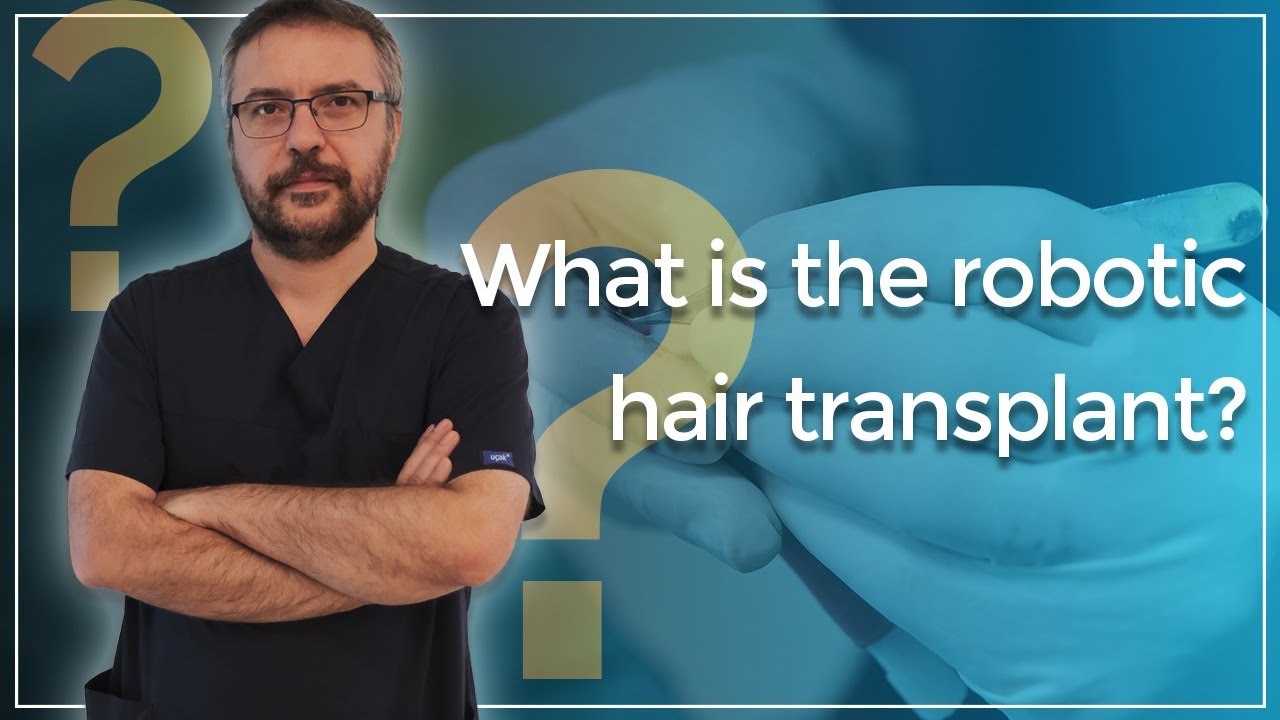Robotic Hair Transplant has a good reputation between Hair Transplant techniques. This advanced technique, which is supported by new technology, provides effective solutions to cure hair loss.
Let us have a look on the advantages of Robotic Hair Transplant:
Robotic Hair Transplant Is The Most Advanced Technique To Cure Hair Loss.
Robotic Hair Transplant contains some advantages that do not exist in manual techniques such as FUE and DHI. There is no scar, no need to stay at the hospital after the procedure. In addition, Robotic Hair Transplant is characterized by the stage of grafts collecting.
Before Robotic Hair Transplant, the grafts are filmed a 3D image by stereoscopic vision system technique and information are collected about hair loss reason. In this way, we can determine the areas to implant grafts in them easily.
The stereoscopic vision system allows us to implant hair according to the natural direction of growth.
The Minimum Amount Of Mistakes With Robotic Hair Transplant.
By running the tests with the robot before Hair Transplant, it is possible to determine the healthy grafts by using high-tech devices. In this way, especially at grafts collecting stage, it is possible to select the high quality grafts, and stay away from the other grafts.
It is possible to see the grafts 10000X by a special magnifying glass in the robot. In this way, we can avoid any mistake related to lack of vision.
Thanks to the robot, it is possible to avoid opening the wrong channels. Especially when performing Hair Transplant in some areas surrounded by hair, and if the purpose is increasing the density, the robot helps to avoid damage in the existed hair. In addition to get new hair, protecting the healthy hair is something very important in Hair Transplant.
Robotic Hair Transplant guarantees avoiding all human mistakes during the procedure. Shaky hands and lack of concentration and other human mistakes are no longer available in Robotic Hair Transplant. A Hair Transplant with no mistakes gives successful results with healthy and natural appearance.
Robotic Hair Transplant Does Not Harm The Grafts.
Hair Transplant is a procedure that transfers grafts from the donor area (Usually it is the backside of the head) to the baldness area. At the first stage of this procedure, we search for healthy grafts and collect them without damaging them, and it is important to protect the surrounded grafts while collecting the other ones.
With the help of the robot, the grafts are collected with special stereoscopic imaging, so the targeted grafts are collected only without damaging the surrounded grafts. Therefore, the other hair stays away from any damage.
In addition, it is possible to get benefits from the healthy grafts with the advanced stereoscopic imaging technique.
A Comfortable Hair Transplant By The Robot.
Robotic Hair Transplant provides many advantages for both doctor and patient and makes them comfortable. Many patients choose to watch movies, listen to music, or chat with the medical staff during Hair Transplant procedure due to their trust in the doctor and the technique.
In addition, we use local anesthesia in Robotic Hair Transplant as with other Hair Transplant techniques, in this way the patient can undergo the procedure without pain.
A Shorter Hair Transplant By The Robot.
In Hair Transplant, the factor that determines the duration of the procedure is the number of grafts to be implanted except the applied technique. In Robotic Hair Transplant, it is possible to implant many grafts in one session without mistakes and with high density.
A Higher Quality Hair Transplant By The Robot.
In Robotic Hair Transplant, the number of roots collected by the robot is less than other techniques. Therefore, the quality provided by this technique is very high compared with other techniques. The reason behind this quality is the roots are not broken. The healthy grafts give the possibility to achieve great results of Hair Transplant.
An Easier Recovery Process By Robotic Hair Transplant.
The recovery process after Hair Transplant includes the donor area and the transplanted area to get their health back. The grafts collecting phase in this technique does not damage the grafts, which allows the donor area to recover faster. Since the surrounding grafts in the donor area do not get damaged, the area that needs the recovery is small and takes less time.




